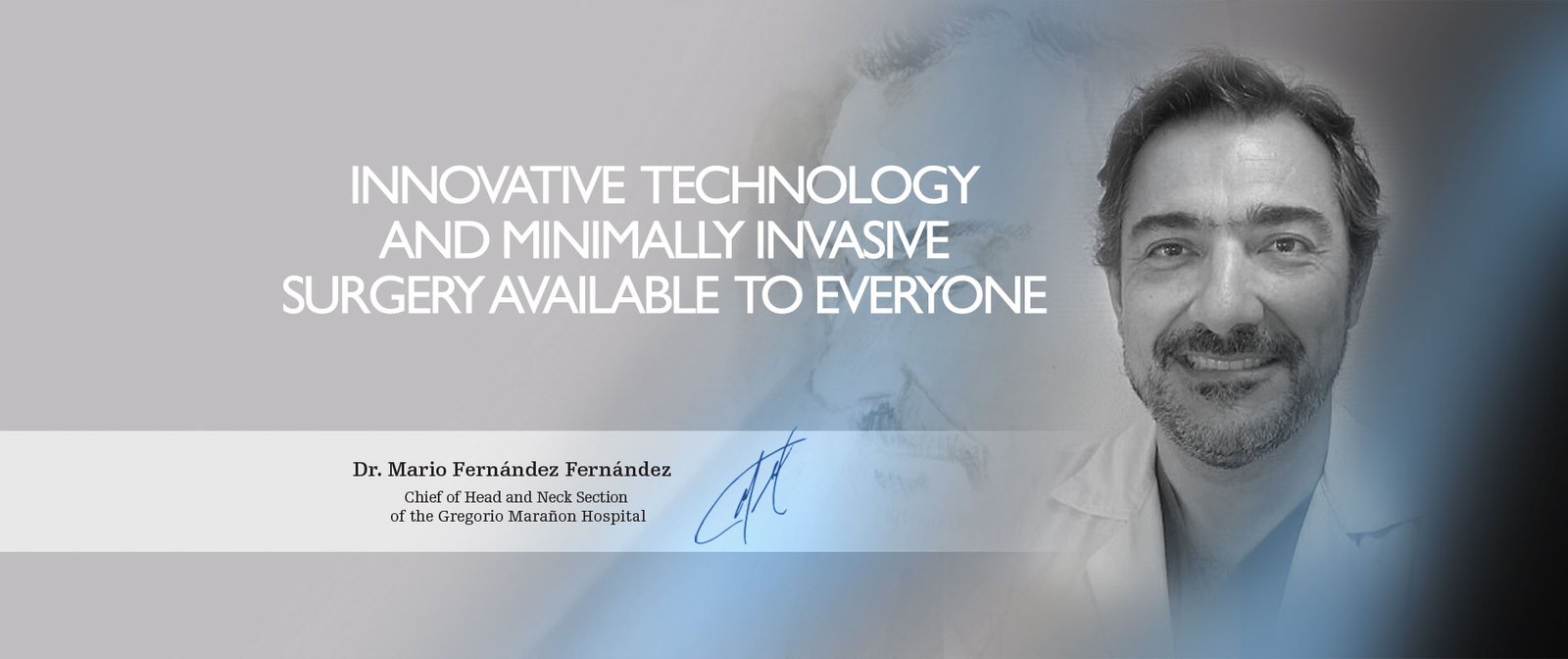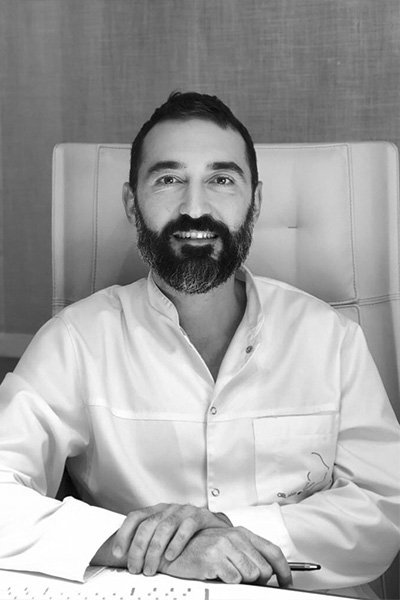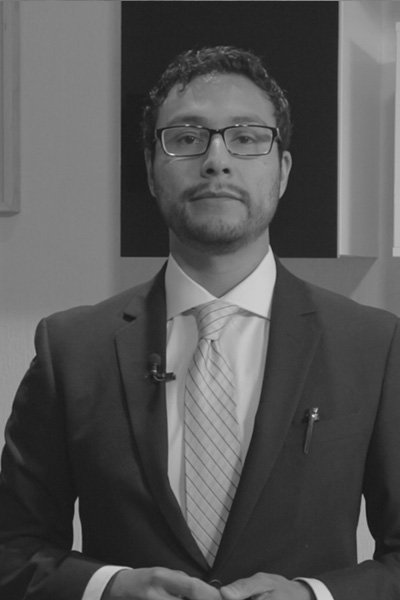Mario Fernández Fernández
Medicine and Surgery graduate by the Santiago de Compostela University.
PhD in Medicine by the A Coruña University. He completed his residency in the specialty of Otolaryngology in the Juan Canalejo Hospital, A Coruña, and has an outstanding doctorate award from the A Coruña University.
Currently he is Head of the Head and Neck Surgery department in the Gregorio Marañón Hospital in Madrid, Secretary General of the SEORL-CCC and a member of the Otolaryngology Technical Committee of the Health Ministry of the Community of Madrid.
Also advisor in Olympus, where he leads several investigation projects.
Currently his main focus is the development of the Minimally Invasive Surgery to tackle Head and Neck cancer.
He is the forefather of the Transoral Ultrasound Endoscopic Surgery (TOUSS). He has also been the promoter of the thyroid and parathyroid video-assisted minimally invasive surgery in Spain. Furthermore, he contributes to the development of the exploration of the upper aerodigestive tract through the Narrow Band Imaging (NBI) technology at a European level. He has also directed many courses to give exposure to the TOUSS technique, thus implementing it in the national and international spheres.








